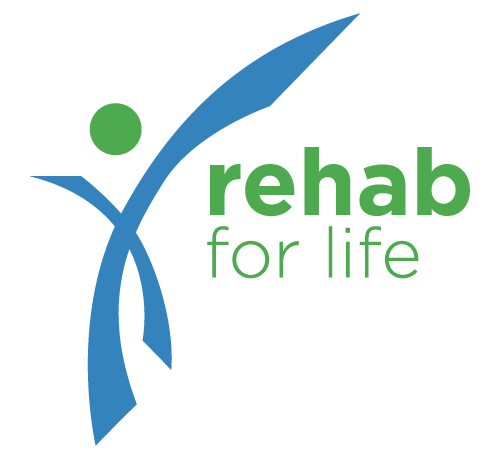How is Aquatic Therapy Different From Regular Physical Therapy?
Physical therapy is an essential part of the rehabilitation process and can help improve balance, strength, and coordination. However, you may be wondering what sets aquatic therapy apart from regular physical therapy.
Aquatic therapy is an alternative form of physical therapy that takes place in water. It can be used to relieve pain and reduce inflammation during rehab exercises. During aquatic exercise sessions, patients are taught techniques on proper body mechanics and posture control while in water to reduce the risk of further injury or strain during a workout routine.
Aquatic therapy is becoming increasingly popular as many individuals look for ways to find relief from their chronic pain or other conditions but still reap the advantages of physical activity. To understand how aquatic therapy differs from traditional physical therapy, it’s important to consider the benefits, drawbacks, and differences between these two forms of treatment.
Differences Between Aquatic and Regular Physical Therapy
The primary difference between these two forms of physical therapy is the environment in which they are conducted. Aquatic therapy sessions take place in the water while regular physical therapy sessions take place on land. Additionally, aquatic therapists must understand the unique characteristics of water, such as buoyancy and resistance, in order to properly design a treatment plan.
Aquatic therapy takes advantage of the unique properties of water to facilitate rehabilitation. The buoyancy of water can help to reduce the amount of weight bearing on the joints, making it easier for patients to perform exercises and movements that might be difficult or painful in land-based therapy. Additionally, the resistance of the water can provide a gentle form of resistance training that can help to build strength and flexibility.
Another key difference is that aquatic exercise can be particularly beneficial for patients with conditions that make weight-bearing exercise difficult, such as arthritis or chronic pain. The warmth of the water can also help to soothe sore muscles and joints, making it a good option for patients with conditions that cause inflammation or stiffness.
Benefits of Aquatic Therapy
The most obvious benefit of aquatic therapy is its ability to reduce pain and inflammation in the body. Since the water supports the body, it eliminates strain on joints and muscles that can be caused by land-based therapies. This allows for smoother and more efficient movement while performing exercises, which helps reduce pain and discomfort. Additionally, increased buoyancy from the water reduces the risk of injury and allows for a larger range of motion.
Other benefits of aquatic therapy include:
- Resistance: Water provides more resistance than air does, and it does this without the full weight of your body. When combined with the buoyancy of the water, you can perform functional exercises while improving your range of motion and strength.
- Increased circulation: The heat and hydrostatic pressure of the water increase blood circulation and flexibility while decreasing swelling.
Why Choose Rehab For Life?
Rehab for Life is the only therapy clinic in the Tri-State area to have two adjustable, warm water, Endless Pools utilizing remote control variable currents and treadmills. Our pools are expertly designed to facilitate easy entry/exit from each pool with our hydraulic pool lift. Clients use these unique features and other specialized aquatic equipment coupled with the expert guidance of our knowledgeable therapists to help them achieve their therapy goals and vastly improve their quality of life.
If you’re interested in learning more about aquatic therapy in the Evansville area, please contact us. We’re here to help you every step of the way!





